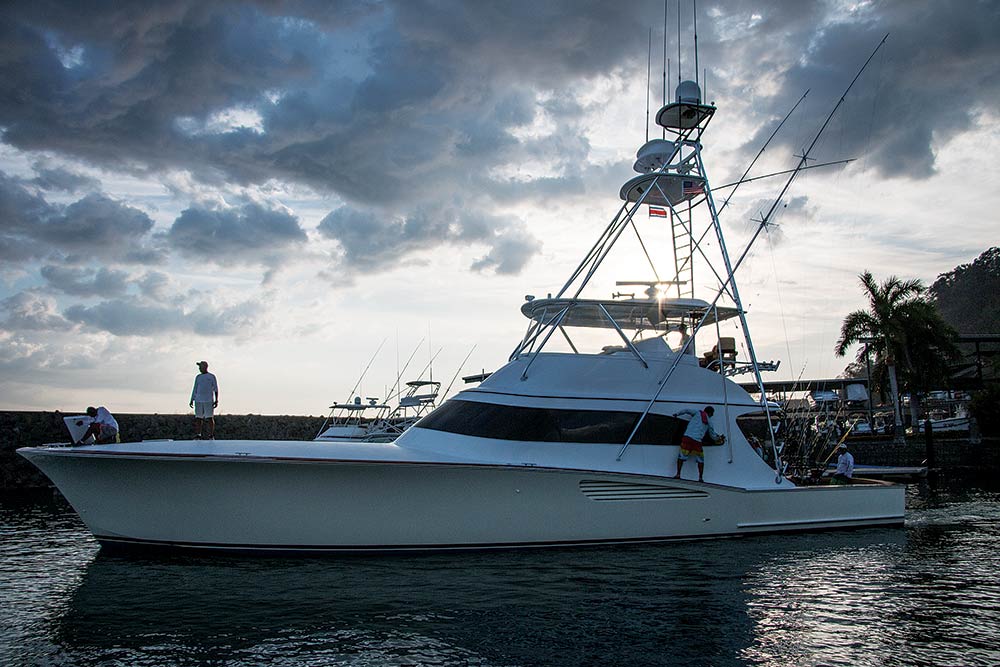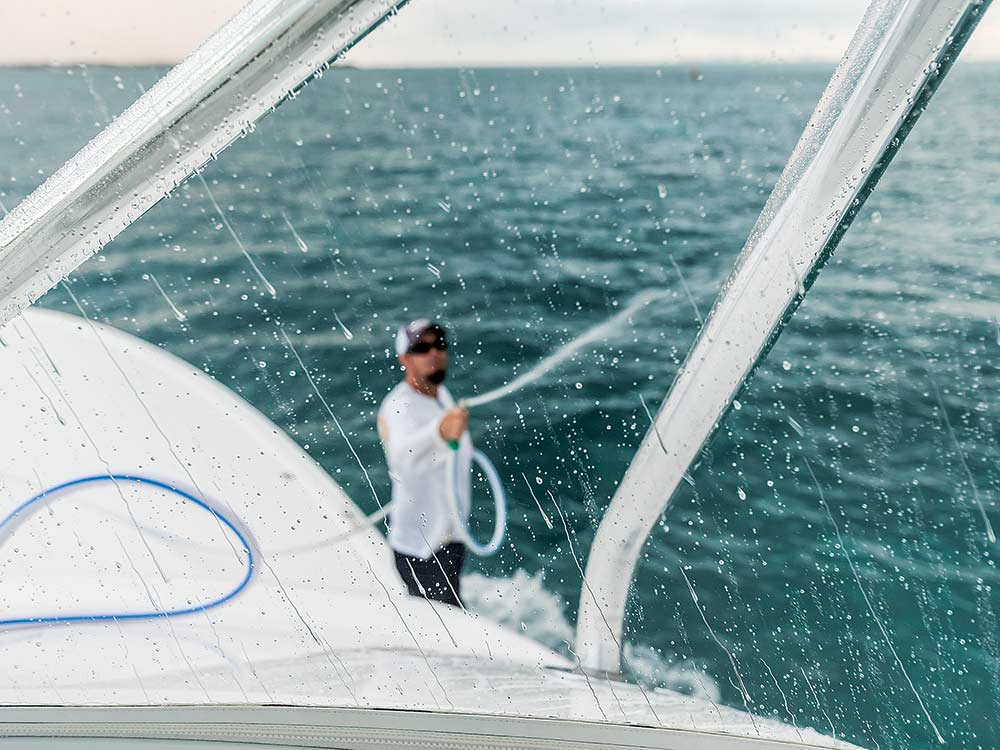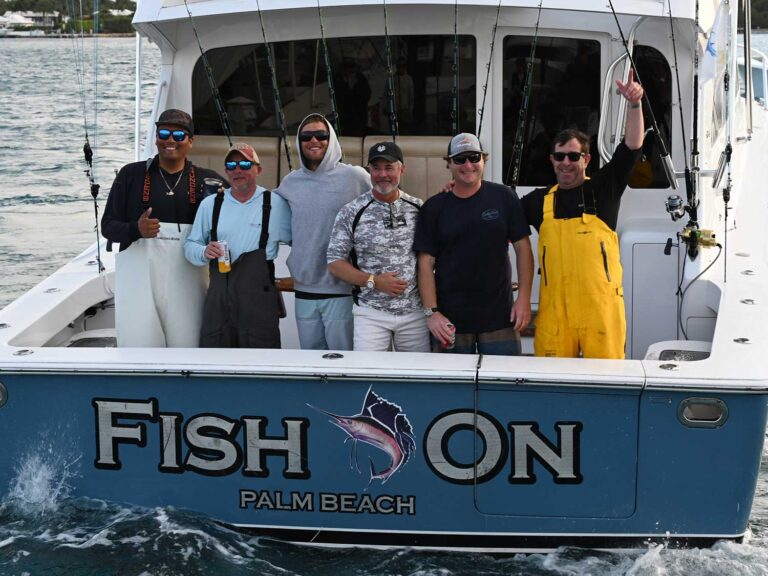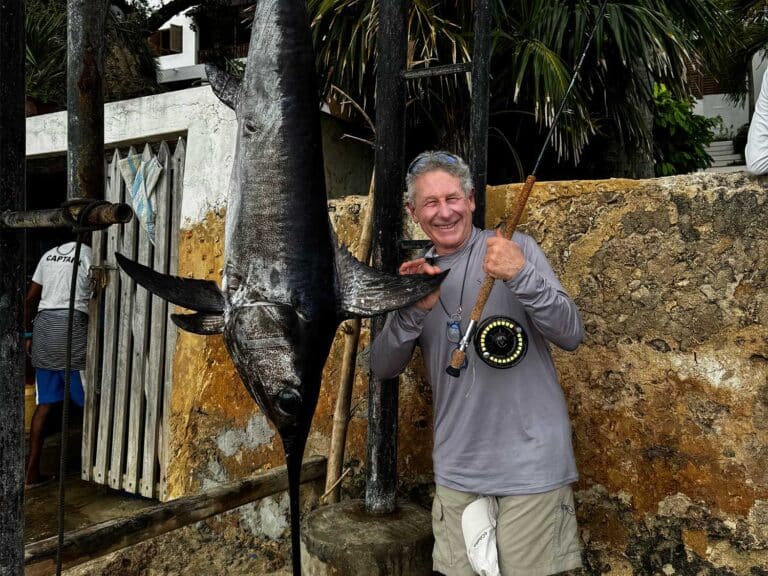
Many vessel owners employ full-time captains, mates, stewardesses and engineers. However, most owners are unfamiliar with their obligations and responsibilities to crewmembers under maritime law.
The Definitions
Maintenance and cure are the basic benefits an injured seaman receives from an employer during his or her recovery from an injury or illness. Maintenance pertains to day-to-day living expenses, which include food, lodging and transportation to and from a treatment facility, while cure is a seaman’s medical expenses. The doctrine has been around for many years, and was created because seamen are prone to injury and were traditionally thought to be ill-equipped to handle such expenses. It is similar to workers’ compensation, but is far more expansive because it is not restricted to injuries or illnesses directly caused by the seaman’s employment.
The Basic Obligations
An owner’s obligation to pay maintenance and cure arises when a seaman’s injury or illness occurs, becomes aggravated or manifests itself while in service of the vessel, and the right to such benefits exists regardless of fault or the seaman’s negligence. An employer is obligated to pay maintenance and cure until the seaman is fit for duty, or until he reaches maximum medical improvement, which is the point at which a person has recovered as much as possible with reasonable medical treatment. To be clear, it does not mean a full recovery is always necessary before payments stop.
Seaman Status is a Must
An individual must qualify as a Jones Act seaman to be eligible for maintenance and cure. According to the U.S. Supreme Court, the key to seaman status is the employment-related connection to a vessel in navigation, and courts follow a two-pronged test to determine if an individual qualifies. First, the employee must demonstrate his duties contribute to the function of a vessel or the accomplishment of its mission. Second, the employee must have a connection to a vessel substantial in both its duration and nature. Courts have used a general rule that an employee or worker who spends less than about 30 percent of his time in the service of a vessel in navigation does not qualify for seaman status. However, courts have also stated that the 30 percent rule is merely a guideline, and a departure from it may be justified in certain cases.

Not So Simple
The truth is the application of maintenance and cure, and whether a worker is a seaman, is not as simple as it seems. Indeed, a full-time captain or mate will typically qualify as a seaman under the Jones Act and will be eligible for maintenance and cure benefits for most injuries and illnesses. However, many cases are not so straightforward. For example, consider a part-time captain who fishes weekends and tournaments and handles the vessel’s upkeep while at the dock. Is he covered if he is diagnosed with cancer? An accurate analysis of whether he qualifies for maintenance and cure is impossible without more specific facts.
Of course, the point of this article is not to dive into legal arguments within certain fact patterns. Rather, it is important for owners to understand their basic obligations under maritime law and be aware that maintenance and cure does apply to private yacht and sport-fish operations. It also provides another example of why it is imperative to have an appropriate marine-insurance policy and to understand its terms.
Raleigh P. Watson is a contributing author, and a Partner at Miller Watson Maritime Attorneys.







